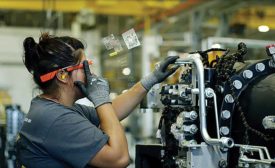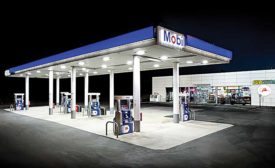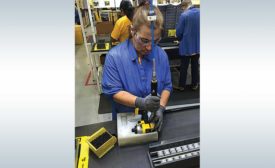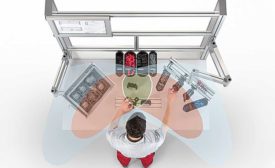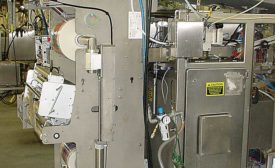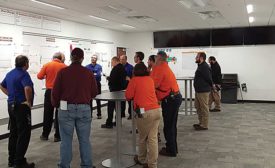Lean Manufacturing Assembly
2017 Assembly Plant of the Year: AGCO Leads the Field With Lean Technology
Wearable devices help build better tractors in Jackson, MN.
October 4, 2017
Lean Manufacturing Helps LED Lighting Company Compete
Continuous improvement helps Jarvis Lighting compete against low-cost rivals.
August 3, 2017
Behind the Scenes at DeWALT
DEWALT’s assembly plant in Charlotte, NC, produces high-quality tools while beating overseas competition.
June 7, 2017
What’s New With Assembly Workstations
More than ever, workstations need to provide ergonomic benefits and design flexibility for changing production needs.
May 5, 2017
Rate your suppliers to help them improve
Machinery manufacturer Butler Automatic has developed a unique system to measure the performance of its suppliers and help them improve.
May 5, 2017
Make Room for Obeya
Visual communication areas can be powerful production tools.
May 5, 2017
Get our new eMagazine delivered to your inbox every month.
Stay in the know on the latest assembly trends.
SUBSCRIBE TODAY!Copyright ©2024. All Rights Reserved BNP Media.
Design, CMS, Hosting & Web Development :: ePublishing

